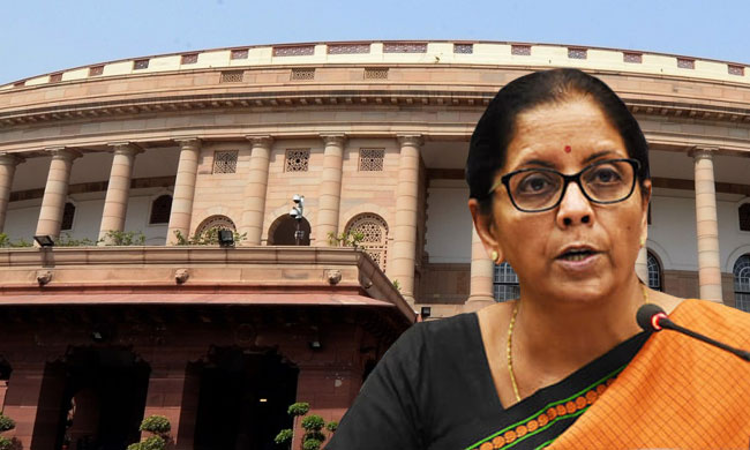Income-Tax Slabs Remain Unchanged; IT Relief For Senior Citizens Above 75 Years : Budget 2021 Highlights
Akshita Saxena
1 Feb 2021 2:30 PM IST

Next Story
1 Feb 2021 2:30 PM IST
The Union Finance Minister, Nirmala Sitharaman today presented the Budget for financial year 2021-22 in the Parliament. The Minister has put forth certain Tax proposals, as follows: Tax rates, both corporate and individual, remain unchanged. However, there is a relief to Senior Citizens aged 75 year and above, who will not be required to file income tax returns in case of income...
